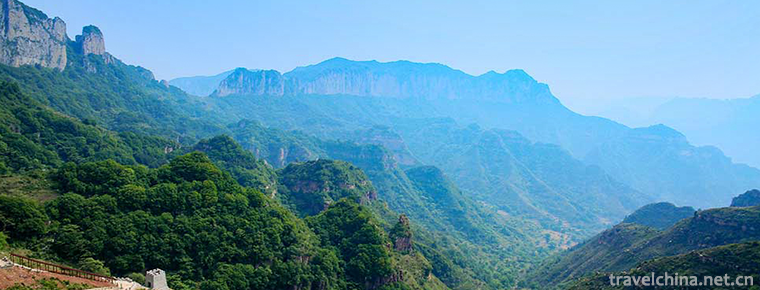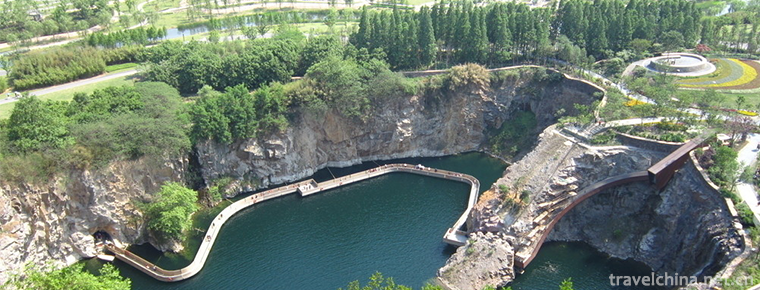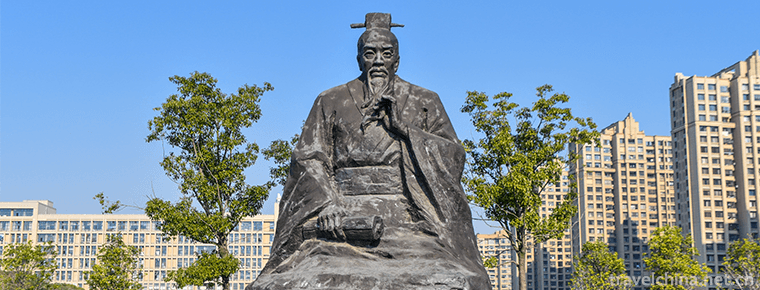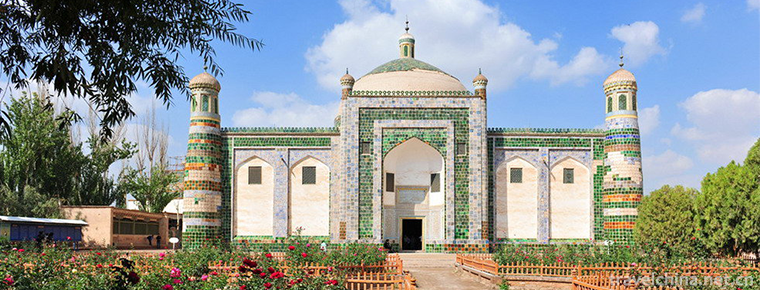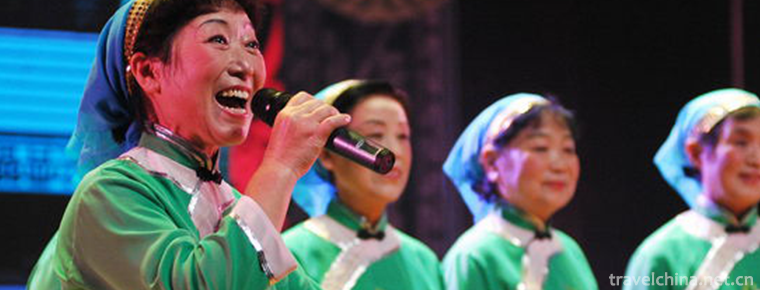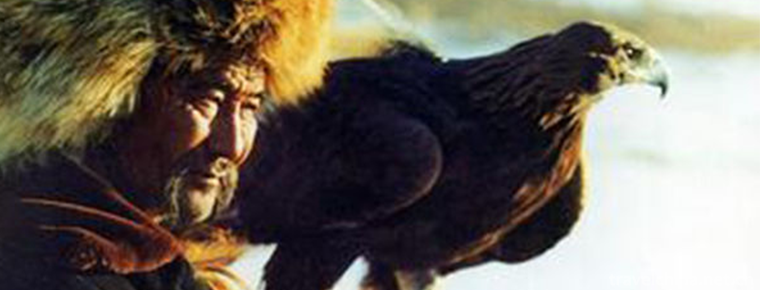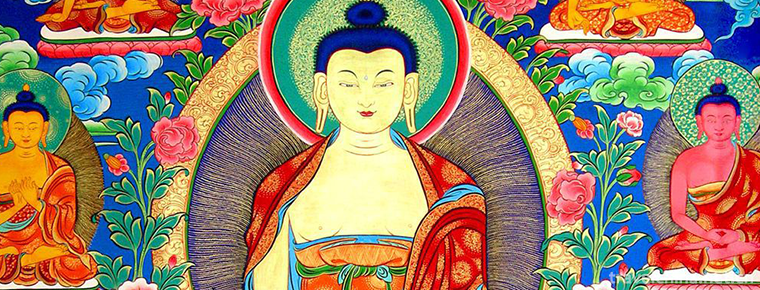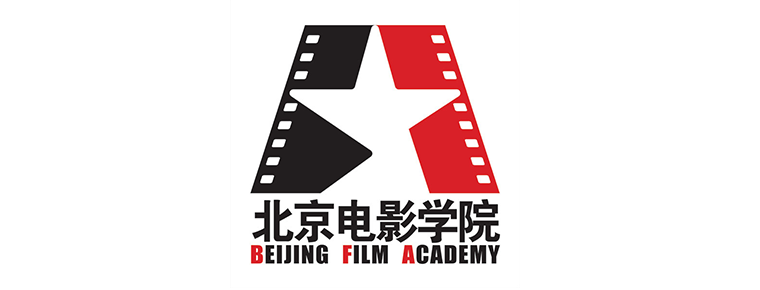Jangar
Jangar
Jianger Jianger, the local traditional folk literature of Xinjiang Uygur Autonomous Region, is one of the national intangible cultural heritage.
Jianger describes the story of 12 lion generals and thousands of warriors headed by Jianger who struggled hard with evil forces and finally won victory in order to defend Baomuba's hometown. It deeply reflects the life ideal and aesthetic pursuit of the Mongolian people and has high artistic value.
On May 20, 2006, Jianger was approved by the State Council of the People's Republic of China to be included in the first batch of national intangible cultural heritage catalogues, the heritage number: I-26.
historical origin
Jianger was first born in Weilat Mongolia of China. With the migration of Weilat Mongolia in the 17th century, it also spread among the Mongolians of Russia and Mongolia and became a great cross-border epic.
Around the 13th century, Jianger was born in the Mongolian settlement. As a rap narrative poem, Jianger has been circulating among the Weilat Mongolians for hundreds of years. By the 17th century, its content had reached nearly 100,000 lines, and its general structure had been basically finalized. At that time, the Turhuts of Weilatbu who settled in the lower Volga River from the Altai grassland also brought the epic to a distant foreign land, which is the reason why Jianger was also popular in Buryat, Tuva, Altai and Mongolia. At the beginning of the 19th century, this great folk work, originally circulated in the form of rap and singing, began to be sorted out into words.
Inheritance and protection
Inheritance value
Jianger profoundly reflects the life ideal and aesthetic pursuit of the Mongolian people, is full of strong heroism color, and represents the highest achievement of the Mongolian heroic epic. Jianger is not only of great literary value, but also of great value in the history of Mongolian social development, cultural history and ideological history.
Jianger's epic is the highest achievement of early Mongolian literature, with high literary value and precious historical value. It plays an important role in studying the philosophy, religious beliefs, customs and habits of the Mongolian people in ancient times.
Inheritance status
With the increasing trend of globalization and the rapid change of economy and society, Jianger's survival, protection and development have also encountered new situations and problems, and the situation is very grim. Some of the famous folk artists have passed away, and those who are still alive are old, facing the danger of "death song". Therefore, the rescue and protection of the inheritors and materials of Jianger must be paid close attention to so that this precious epic can be sung in the world.
Inheriting characters
Jia Zhunai, male, Mongolian, born in 1925, is a native of Xinjiang and Buksai Monggu Autonomous County. From 1933 to 1942, he worked as an apprentice in the local Chief Family. He learned the Tote Mongolian characters and began to recite the story of Jianger's handwritten manuscripts. From 1980 to 1981, in order to collect and sort out Jianger, he wrote and sang 32 chapters of Jianger's stories, and 25 chapters of Jianger's monograph have been published. He can rap and sing Jiangle in a higher tone, sometimes accompanied by Tobshore or Huqin. He is recognized by Mongolian folk and academic circles as an artist who can sing Jianger in a relatively complete way.
Li Rifu, male, Mongolian, born in 1942 in Heshuo, Xinjiang. At the age of 6, he began to learn to sing Mongolian heroic epic Jianger and other Mongolian folk literature works with his father. At present, he can sing four chapters of Jianger without accompaniment.
Summer Nieman, male, Mongolian, born in 1957, Hejing, Xinjiang. In his childhood, he learned to sing Jianger and other Mongolian folk literature works with his uncle. He can narrate and sing 9 chapters of Jianger and 2 parts of Gussel.
protective measures
Survey data
Hejing County, Xinjiang, investigates the detailed process of the inheritance and learning of the epic Jianger by the four generations of the old, the middle, the young and the young. At the same time, they record, photograph and take many valuable information photos about their creation and performance.
Organizing festivals
From September 11 to 15, 2006, the Institute of Ethnic Literature of the Chinese Academy of Social Sciences, the Cultural Union of Xinjiang Uygur Autonomous Region and the People's Government of Buksell County jointly successfully hosted the International Symposium on Jianger Epic in Xinjiang, China. The Symposium discussed and adopted the famous designer and painter sculptor Mr. Nari Rigg's "Jianger logo", "Jianger Palace of Culture and Art Design Scheme" and related sculptures.
Protection planning
In Beijing, Hohhot, Urumqi and other places, 20 famous Jianger scholars and experts were hired to conduct extensive investigation and Research on Jianger-based cultural resources and formulate the "Eleventh Five-Year Plan" for cultural development.
Xinjiang and Bukel County have published a series of books "Tracking the Hometown of Jianger". This series is divided into three volumes: the first, the middle and the second. It systematically introduces and publishes the national culture of Buksell County to the readers. It also sponsors and publishes 10 books, such as "The Outline of Jianger Stories", "Jianger's Hometown and Buksell", "Junai Handwritten Edition Jianger" and "Weilat Mongolian Culture Research".
On April 26, 2006, an agreement was signed with the Institute of Minority Literature of the Chinese Academy of Social Sciences to jointly build the "Epic Jianger and Oral Traditional Field Research Base" and the "Menggen Brack Jiangerqi Tracking and Observation Field Base", which was officially listed on September 14, 2006.
Organizing research
Abroad in China, at the beginning of the 19th century, Russia collected and published some parts of Jianger for the first time. Beckman was the first person to collect and introduce the epic to Europe. He collected individual pieces from the Kalmyks and translated them into German and published them in Riga from 1804 to 1805. Later, Russian scholar A. Bopolovnikov published two other works of Jianger in Russian in 1854. Based on 1864, K. Goldenstein published the ministries of Sila Gurguhan and Hal Hanas in Tote Mongolian. In 1910, F. Kotwitz published 10 pieces of Jianger by Olijan Ovla in Tote Mongolian. Jianger, compiled by A. Kotchikov, published in Moscow in 1978, earned 25 Works (including variants) recorded successively in Russia and the Soviet Union, totaling about 25,000 lines of poetry. The People's Republic of Mongolia has published Epic Jianger (1968) and Hong Guer (1978), the hero of the four seas. The total income is 25 fragments (including many repetitive stories) recorded in the territory of the People's Republic of Mongolia. In addition to the Mongolian version, there are also some translations in German, Japanese, Russian, Ukraine, Belarus, Georgia, Azerbaijani, Kazakhstan, Estonia, Tuva and other languages abroad. The study of "Jianger" has become a worldwide discipline. In the Soviet Union, Mongolia, Hungary, Czechoslovakia, the German Democratic Republic, the Federal Republic of Germany, Britain, the United States, France, Finland and other countries have published a lot of Jianger's research works.
social influence
Publication and arrangement
Jianger, Gesar and Manas are known as the "Three Great Heroes Epic of China".
Jiangle-Kalmyk Invid Narrative Poetry, one of the editions of Kalmyk-Jiangle. From ah. Kotchikov collated and collated 25 chapters, which were published in Moscow in 1978. Rhyme style, 250,000 lines of poetry. The name of the department, recording area or singer of 25 ministerial poems.
The Biography of Oubashi Huntaiji, Karmek's Folk Narrative Poetry Jiangle and the Story of Corpse, one of the editions of Karmek Jiangle. Collected and edited by Professor Gorstonsky of the University of Petersburg. St. Petersburg, 1864. In the book, Gorstonsky collected and recorded two Jiangle chapters from Jiangerqi in Kalmyk area, namely, The Department of Harihanas and the Department of Shari Ancient Ages and Ancient Ages. Scholars believe that this is the earliest Mongolian version of the epic Jianger.
Jianger, one of the editions of Kalmyk Jianger, is a song about Harihanas and Sari. Elista, 1936. Goldstone collected two chapters from Jiangerqi in Kalmyk, namely, the Halihanas Department and the Shari Ancient and Ancient Department. The Latin alphabet-based Kalmyk language.
Kalmyk's Heroic Epic-Jiangle, one of the editions of Kalmyk's Jiangle. Edited by Potsdeniev, St. Petersburg, 1911. There are two chapters in the book, which Gorstonsky collected and recorded from Jiangerqi in Kalmyk area, namely, The Hall of Harihanas, The Hall of Sari Ancient Ages and Ancient Ages, and three chapters in the Hall of Sari Python Ancient Ages.
Thirteen Chapters Ben Jianger, one of the Chinese versions of Kalmyk Jianger. Chinese Inner Mongolian scholar Morgan Bartel and Timur Dushi were translated into Chinese general Mongolian by Jianger in Tuoshu Mongolian, which was published by the Inner Mongolian People's Publishing House in 1958.
"The descendants of Tahel Zula Khan, the grandson of Donskopo Muba Khan, the son of Uzon Aladar Khan, and the orphan Jiangle's Epic Chapter 10", one of the editions of Kalmyk Jiangle. Olijan Ovla sings, Ozil Nomutu collects, Kotwich reviews, St. Petersburg, 1910, Topic.
Calmek Jianger Annotations, one of the Chinese versions of Calmek Jianger. It was translated from Kalmyk by Danbulgav into Mongolian, which is commonly used by Mongolians in China. It was collated and annotated. It was published in Beijing in 2002 by Ethnic Publishing House.
Fifteen Chapters Ben Jianger, one of the editions of Jianger in China, is also the first supporting Mongolian edition of Jianger in China. From Tuo. Badma, Boeing and Sieger collected and sorted out. Mongolian, rhyme style, nearly 200,000 lines of poetry. Xinjiang People's Publishing House, 1980.
Jianger is one of the Chinese versions of Jianger. The translator is Holcha. The content is "15 Chapters Ben Jianger" (see "15 Chapters Ben Jianger"). Xinjiang People's Publishing House, Urumqi, 1988.
Jianger is one of the Chinese versions of Jianger. The translator is Sandorgi. The content is "13 Chapters Ben Jianger", People's Literature Publishing House, 1983, Beijing.
Chapter 70 Ben Jianger, one of the editions of Jianger in China. The epic poems of Jianger in the series of "Jianger Materials" published in Tote Mongolian are selected, from which 70 chapters are sorted out and published in three volumes. In 1985 and 1987, Xinjiang People's Publishing House published the first two volumes of its Tote Mongolian edition. In 1988 and 1989, Inner Mongolia People's Publishing House published the Mongolian editions of these two volumes.
Honorary commendation
In September 1989, the Ministry of Culture held a commendation conference to recognize his contribution to the singing and rescue of the epic Jianger.
In 1990, during the 550-year celebration of the epic of Jiangle, Olga Nicolai, the successor, participated in the singing contest of Jiangle and won the title of "Gifted Jiangerqi". He also won the honorary title of "Meritorious Cultural Activist" in the Republic of Kalmyk.
Important activities
In May 1981, a Jianger concert was held in Meiqige Grassland, Wener County, Borta Mongolian Autonomous Prefecture.
From November 25 to 27, 1988, the non-legacy Office of the Xinjiang Uygur Autonomous Region Cultural Union jointly held the Jianger Singing Competition in Xinjiang.
From 1981 to 2018, Xinjiang and Bucker County held more than a dozen Jianger concerts.
From September 11 to 15, 2006, he and the people's government of Buksell County jointly successfully hosted the International Symposium on Jianger Epic in Xinjiang, China.
From December 27 to 28, 2006, four acts and four large-scale operas with the theme of "Jianger" created by Buksell County were successfully staged in the Xinjiang People's Theatre of Urumqi City.
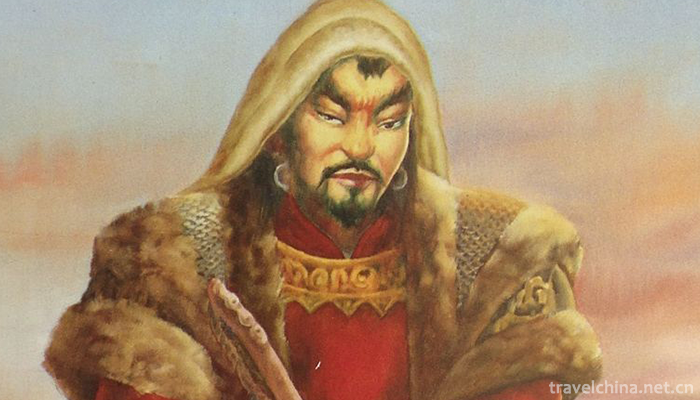
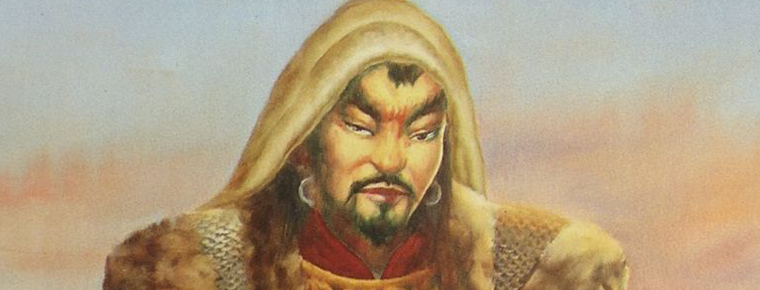
Jangar
-
Qibugou Scenic Area
Qibugou Scenic Area is located in Wu'an Huoshui Township, Handan City, Hebei Province. Wu'an National Geological Park and the hinterland of the National Forest Park, Hebei Province
Views: 190 Time 2018-12-17 -
Shanghai Chen Shan Botanical Garden
Shanghai Chenshan Botanical Garden is located at 3888 Chenhua Highway, Songjiang District, Shanghai. It was opened to the public on January 23, 2011. It was built by Shanghai Municipal Government in c
Views: 185 Time 2018-12-19 -
Sun Wu Ancient City Tourist Area
Sun Wu Ancient City Tourist Area is a series of scenic spots, such as Sun Tzu's Art of War City, Wusheng Garden, Ancient City Park and Moat Ring Water System
Views: 245 Time 2019-02-13 -
Abakh Hoja Tomb
Xiangfei Tomb is located in Haohan Village, 5 km east suburb of Kashgar City. It is a key cultural relic protection unit in the autonomous region. This is a typical Islamic complex of ancient building
Views: 169 Time 2019-02-25 -
Chaohu folk songs
Chaohu Folk Song, the local traditional music of Chaohu City, Anhui Province, is one of the national intangible cultural heritage. On May 20, 2006, Chaohu
Views: 288 Time 2019-04-16 -
Kazakh Aytes
Kazakh Aytes is a typical representative of Kazakh folk art, a competitive form of performance, is the most abundant content of Kazakh folk oral literature, the most influential literary type among th
Views: 243 Time 2019-05-02 -
regong art
Regong art is an important part of Tibetan Buddhist art in China and a school with wide influence. It originated in Longwu River Basin in Tongren County, Huangnan Tibetan Autonomous Prefecture, Qingha
Views: 376 Time 2019-06-11 -
Month also
Dong people's "moon" means collective visiting, which is a social custom in Dong village. The young men and women in one village of the Dong nationality visit another village according to th
Views: 354 Time 2019-07-16 -
Beijing Film Academy
Beijing Film Academy is a University of art with film history and profound film culture. Its predecessor is the Institute of Performing Arts founded in 1950. It was relocated in 1951 and renamed as th
Views: 182 Time 2019-09-06 -
Cuiping Mountain Park
Cuipingshan Park, located in the northwest of Yibin City, Sichuan Province, is a famous urban forest park integrating scenic spots and forest scenery. It is mainly composed of Cuiping mountain and Zhenwu mountain.
Views: 148 Time 2020-10-16 -
Luzhou scenic spots
Luzhou has a long history, profound cultural accumulation, strong ethnic customs and rich tourism resources, forming five characteristic tourism resources represented by famous wine culture, ecological culture, red culture, historical culture and Yangtze River culture. By the end of 2016
Views: 363 Time 2020-12-14 -
Neijiang population
By the end of 2019, the total population of Neijiang's household registration was 4 million 81 thousand and 800, a decrease of 35 thousand and 900 from the end of last year, of which 2 million 103 thousand and 400 were male and 19 thousand were reduced
Views: 358 Time 2020-12-16
